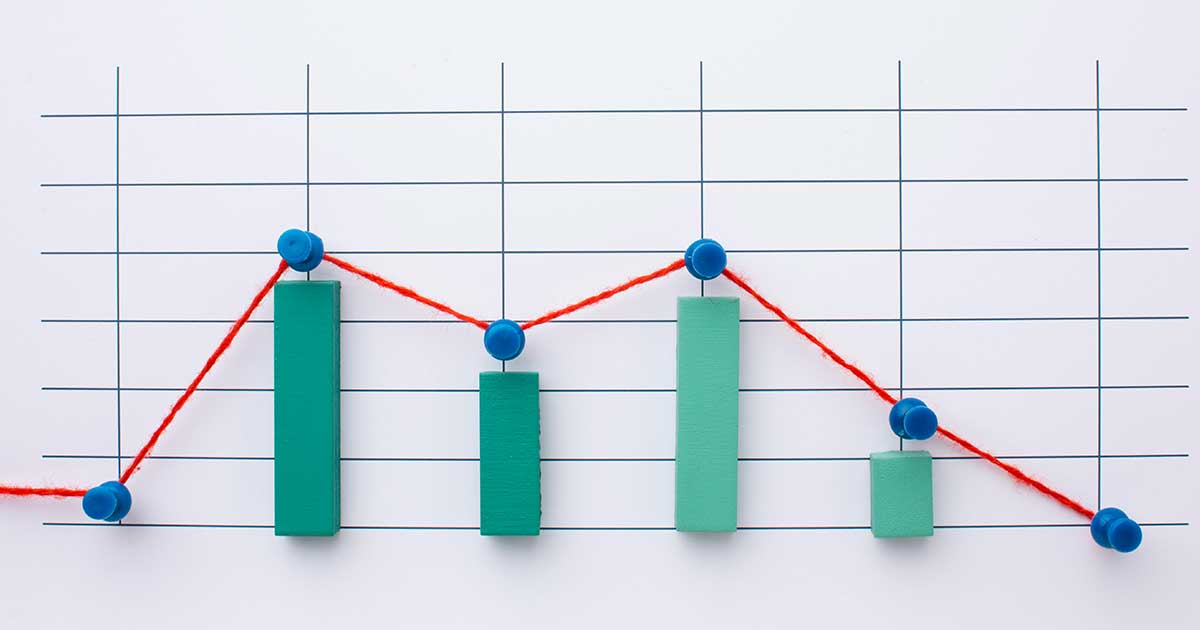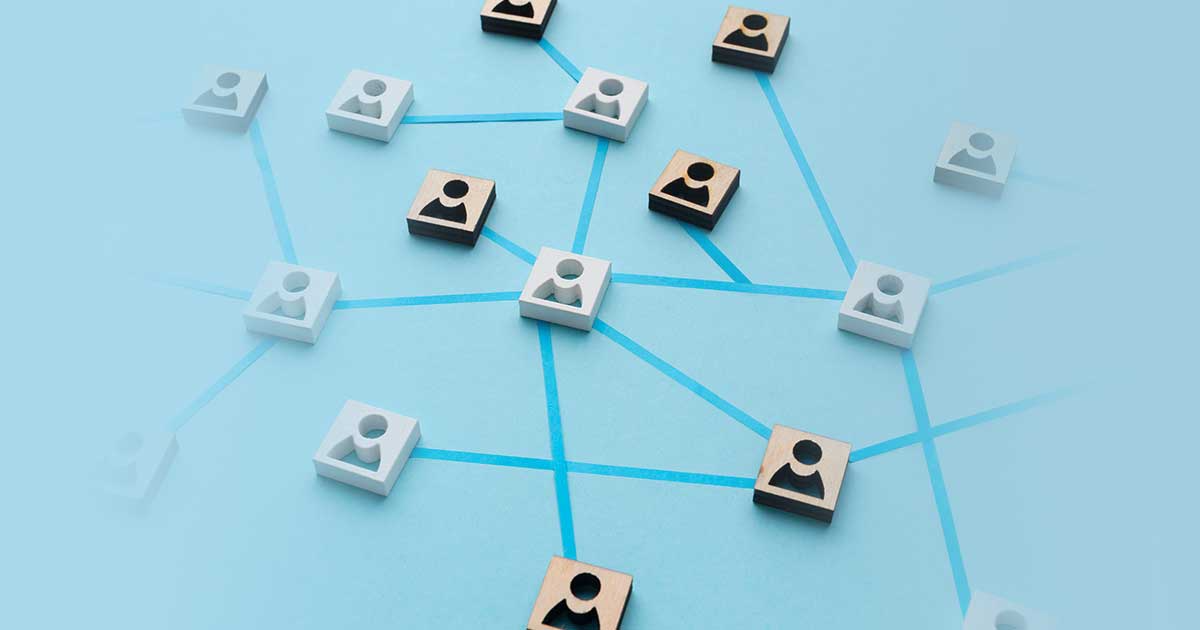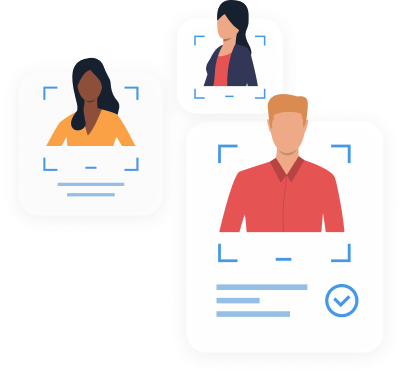Do you want to attend FREE Bootcamp of IT courses?
Do you want to learn & get a job in Data Science?
23 May 2023
How To Use Data Science For Network Analysis?

Ekeeda Moderator
Works at Ekeeda

3Have you ever wondered how social networks like Facebook and LinkedIn make friend suggestions and show you relevant content? Or how do companies like Amazon and Netflix recommend products and movies to you? This is all made possible by using Data Science for network analysis.
Data Science is a rapidly growing field that uses algorithms, statistical models, and machine learning techniques to extract insights and knowledge from data.
When it comes to network analysis, Data Science can be used to study the structure, properties, and dynamics of social networks, as well as other types of networks such as biological networks and transportation networks.
In this article, we will explore the exciting world of network analysis using Data Science techniques. We will start with an overview of graph theory, and the mathematical foundation of network analysis, then dive into specific topics such as community detection, link prediction, network visualisation, and recommendation systems.
Understanding Social Networks
Social networks are digital platforms where people can connect and share information with each other, allowing them to form and maintain relationships online. They can be categorized into different types, such as personal, professional, and interest-based networks.

To analyze social networks, various metrics can be used, such as degree centrality, betweenness centrality, and clustering coefficient. Degree centrality measures the number of connections a node has in the network, while betweenness centrality measures how often a node is included in the shortest path between two other nodes. The clustering coefficient measures how nodes in a network tend to cluster together.
Understanding the characteristics of social networks is important for identifying important nodes, communities, and patterns within a network. This knowledge can be used by data scientists to make recommendations, build recommendation systems, and even predict links between nodes in a network.
Graph Theory Fundamentals
Graph theory is the study of graphs, which are mathematical constructs that show how different objects are related to one another.

For example, they can use link prediction algorithms to predict new friendships in a social network or to recommend new products to customers in a recommender system.
Community Detection
Community detection is the process of identifying groups of nodes in a network that are more densely connected to each other than to the rest of the network. These groups are called communities or clusters and can help to understand the structure and organization of a network.

Link Prediction
Link prediction is a critical task in network analysis that involves identifying missing or future links between nodes in a network. This task is significant because it can help to understand how networks evolve over time and how nodes interact with each other.

Network Visualization
Network visualization is the process of creating visual representations of networks to better understand their structure and characteristics.

For example, network visualization has been used to understand the spread of infectious diseases, to identify influential users in social networks, and to analyze gene regulatory networks.
Recommendation Systems
Recommendation systems are a type of data-driven technology that suggests items or content to users based on their interests, preferences, and past interactions.

Real-World Examples Of Network Analysis In Action
Network analysis has been applied in various real-world scenarios to solve complex problems and uncover valuable insights.

Here are some examples of network analysis in action:
For example, Facebook uses network analysis to identify groups of users with similar interests or characteristics and suggest relevant ads or pages to them.
For example, airlines use network analysis to identify the most profitable routes, minimize delays and cancellations, and improve customer satisfaction.
Similarly, logistics companies use network analysis to optimize their supply chains, reduce costs, and improve delivery times.
For example, network analysis can be used to identify key genes or proteins that are essential for a particular biological process, predict the effects of mutations or drugs on the system, and discover new targets for drug development.
For example, network analysis can be used to identify the most interconnected banks or companies in a financial system, measure their systemic importance, and predict the impact of their failure or distress on the overall system.
For example, network analysis can be used to detect anomalous patterns of network traffic or behaviour, identify malicious actors or sources of attacks, and prioritize security alerts or responses.
A Word From Ekeeda
Understanding network analysis is becoming increasingly important in today's digital world. With the explosion of social media and online communities, it is essential to have a deep understanding of how networks work, how they can be analyzed, and how we might use the results of that analysis to make decisions wisely.
As a leading provider of data science course, Ekeeda recognizes the importance of network analysis in today's business environment. We offer a range of courses in data science, including network analysis, which can help students gain the skills and knowledge necessary to analyze and understand networks effectively.
We encourage students who are interested in network analysis to enrol in our data science courses and take advantage of the opportunities available in this rapidly growing field.
FAQ - Frequently Asked Questions
Q: What Is Data Science, And Why Is It Essential In Today's World?
Utilizing scientific techniques, algorithms, and systems to derive knowledge and insights from both structured and unstructured data constitutes the multidisciplinary focus of data science. It is crucial in today's world because it helps businesses and organizations make data-driven decisions, predict trends, and improve their performance.
Q: What Kind Of Job Opportunities Are Available For Data Science Professionals?
Data Science professionals are in high demand across industries, including finance, healthcare, marketing, and technology. Job roles in this field include Data Analyst, Data Scientist, Business Analyst, Machine Learning Engineer, and more.
Q: Can I Take Ekeeda's Data Science Courses If I Have No Prior Programming Experience?
Yes, Ekeeda's Data Science courses are designed to be accessible to beginners with no prior programming experience. Our courses provide step-by-step guidance and hands-on practice to help students build their skills and knowledge.
Q: How Can Learning About Network Analysis Benefit My Future Career Prospects?
Network analysis has become a vital tool for businesses and organizations in fields such as marketing, finance, and cybersecurity.

Join our army of 50K subscribers and stay updated on the ongoing trends in the design industry.

I hope you enjoyed reading this blog post
Book call to get information about Data Science & placement opportunities

Your test is submitted successfully. Our team will verify you test and update in email for result.